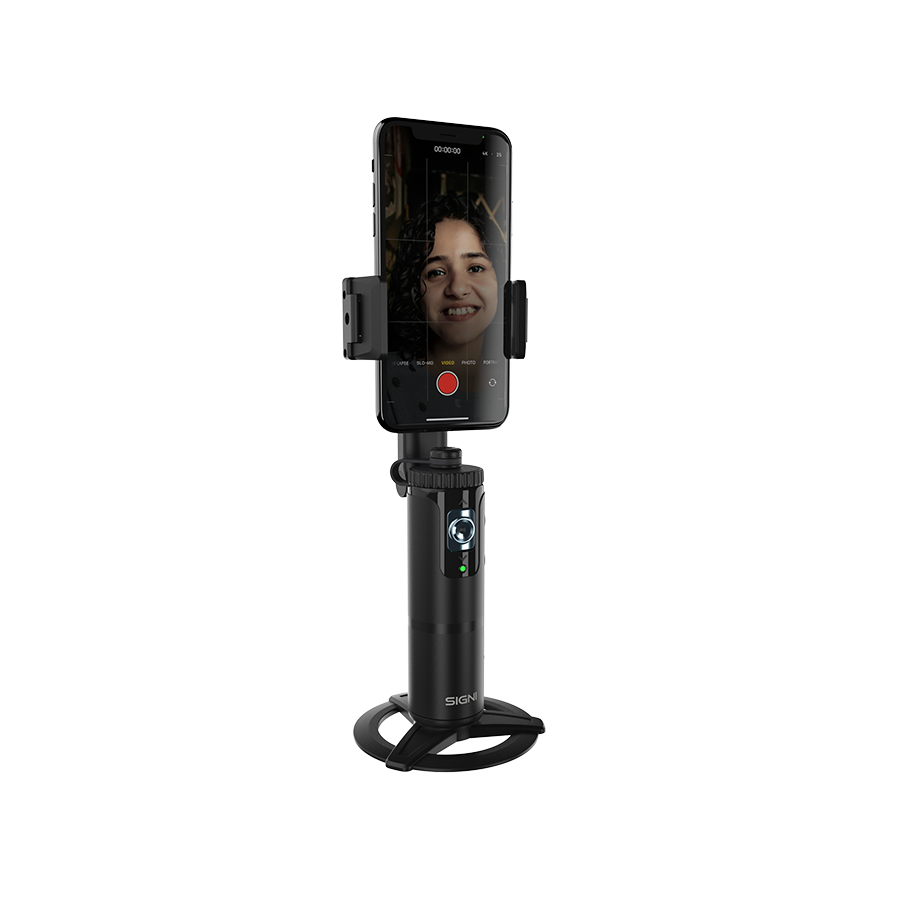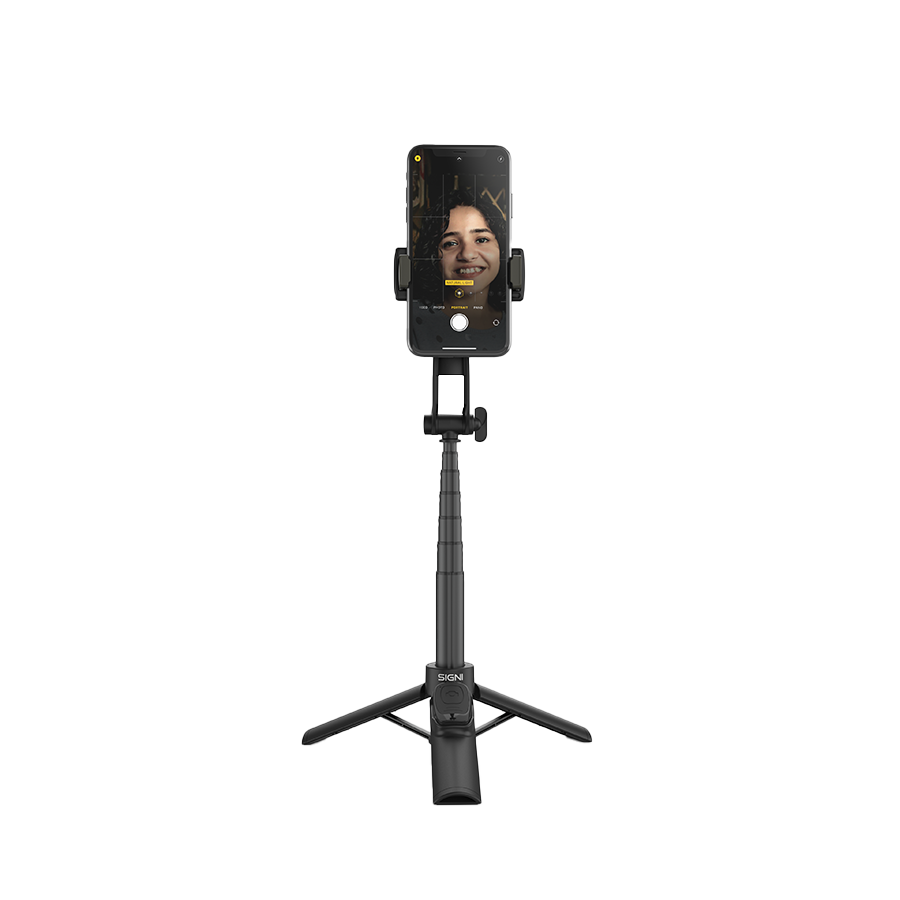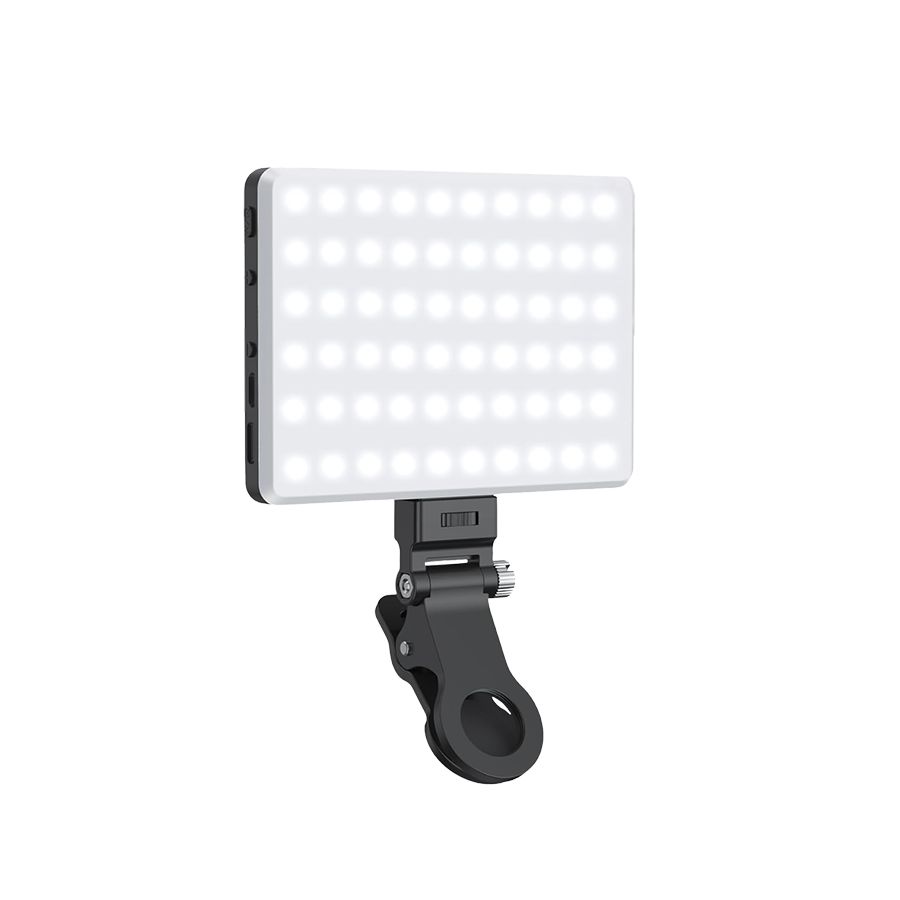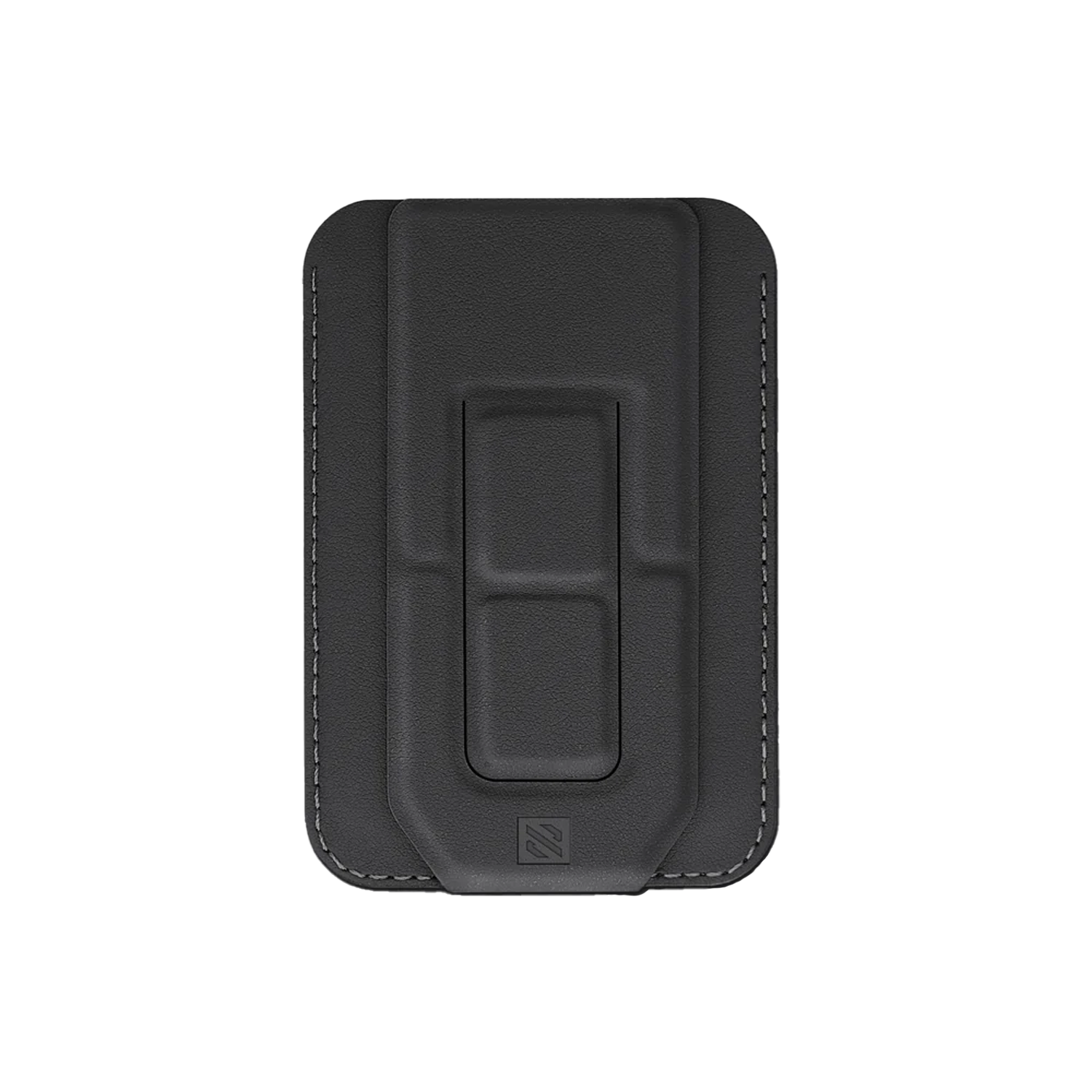MOBILE LENSES
Mobile Holders
Everyday Essentials

Leading Lines in Mobile Photography
4 min read
Leading lines are a powerful compositional tool in mobile photography that can add depth, direction, and visual interest to your images. They are lines within your frame that guide the viewer's eye towards the main subject or focal point of your photograph. By incorporating leading lines into your mobile photography, you can create compelling and dynamic compositions that draw the viewer into the scene. Let's explore how to effectively use leading lines in your mobile photographs:
1. Look for Natural Guides
When you're out with your smartphone, keep an eye out for natural or man-made lines that lead the way. It could be a road, a river, a bridge, a fence, or even tree branches. For example, imagine capturing a beautiful sunset with a long, winding road leading towards it. The road acts as a leading line, drawing the viewer's eye straight to the stunning sun.

2. Clear and Strong Lines
The key is to find lines that are clear and strong, so they don't distract from your subject. These lines create a sense of depth in your photos, making them feel more three-dimensional. Picture yourself standing at the edge of a pier, capturing a stunning seascape. The wooden planks of the pier lead your eyes towards the horizon, making the image feel like you're right there on the pier yourself.

3. Experiment with Angles
You can experiment with different angles to see which one looks best. Try crouching down low to capture a unique perspective of train tracks stretching into the distance. The converging lines of the tracks give your photo a sense of depth and draw the viewer's gaze towards the vanishing point.

4. Draw Attention to Your Subject
If you want to draw attention to your main subject, line it up with those leading lines. Imagine you're in a vibrant city, and you spot a colorful street mural. The vertical lines of the buildings around the mural can act as leading lines, guiding the viewer's eye right to the art.

5. Add Action and Energy
Diagonal lines add a sense of action and energy to your pics. Picture yourself on a hike, capturing the winding trail as it leads up the mountain. The diagonal lines create a feeling of movement, giving the photo a sense of adventure.

6. Peace and Stability
On the other hand, horizontal lines create a feeling of peace and stability. Imagine being at the beach, capturing the calm waters meeting the horizon. The horizontal line of the horizon creates a sense of tranquility in the image.

7. Frame Your Subject
Get creative and use leading lines to frame your subject, making it stand out even more. Imagine being in a beautiful garden, capturing a blooming flower between two curving branches. The branches act as a natural frame, drawing all the attention to the lovely flower.

8. Street Photography Magic
In street photography, leading lines are awesome for capturing candid moments and drawing attention to interesting stuff you see on the streets. Picture yourself in a bustling city, capturing a street scene with tram tracks leading through the busy crowd. The leading lines add a sense of action and direct the viewer's focus towards the people on the street.
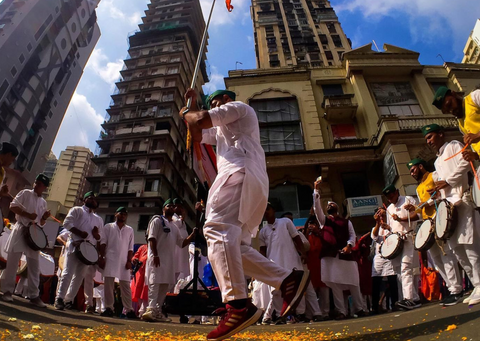
As a photographer, you have the power to guide your viewers through your images by strategically using leading lines. These lines act as visual pathways, drawing the eyes of the viewer towards the main subject or focal point of your photo. They create a sense of movement, depth, and direction, making your photos more engaging and captivating.
Imagine standing on a sandy beach, capturing a breathtaking sunset. The gently curving coastline acts as a leading line, guiding the viewer's eyes from the foreground to the horizon where the sun sets in a blaze of colors. The viewer follows the graceful curve of the shoreline, immersing themselves in the beauty of the scene.
Leading lines can be found in various environments, both natural and urban. In a dense forest, tall trees form vertical lines that seem to reach for the sky. These lines add a sense of height and majesty to the scene, making the viewer feel as if they are standing in the midst of the towering forest.
In an urban setting, the converging lines of tall buildings draw the viewer's gaze towards the vanishing point on the horizon. This creates a feeling of depth and perspective, as if the viewer is being drawn into the heart of the city. It's like taking a visual journey through the bustling streets and skyscrapers.
Leading lines can also be used to emphasize a particular subject or create a sense of symmetry in your photos. For example, imagine capturing a lone surfer waiting for the perfect wave. The curving line of the shoreline leads the viewer's eyes straight to the surfer, making them the center of attention in the composition.
As a photographer, you have the creative freedom to experiment with different angles and perspectives to make the most of leading lines. Try crouching down low to capture a unique viewpoint of train tracks stretching into the distance. The converging lines of the tracks create a sense of movement and lead the viewer's gaze towards the horizon, giving the image a dynamic and energetic feel.
In post-processing, you can further enhance the impact of leading lines by adjusting the contrast, saturation, and sharpness. Fine-tuning your image can make the lines pop and create a more visually striking composition.
Remember, leading lines are not rigid rules; they are tools that you can use to craft compelling and visually engaging photographs. Embrace your creativity, experiment with different scenes and compositions, and let the leading lines guide you to create artful and captivating mobile photography.
So, the next time you're out exploring with your smartphone camera, keep an eye out for those magical leading lines. They are waiting to lead you and your viewers on a visual journey through the wonders of photography. Happy snapping and have fun capturing the beauty of the world around you!




